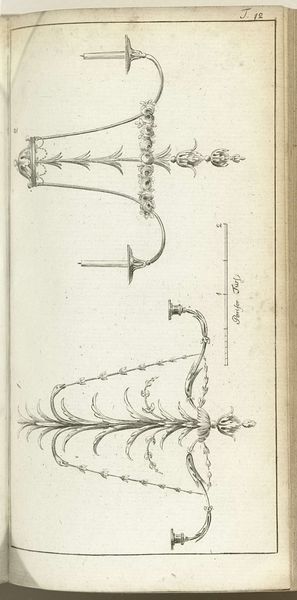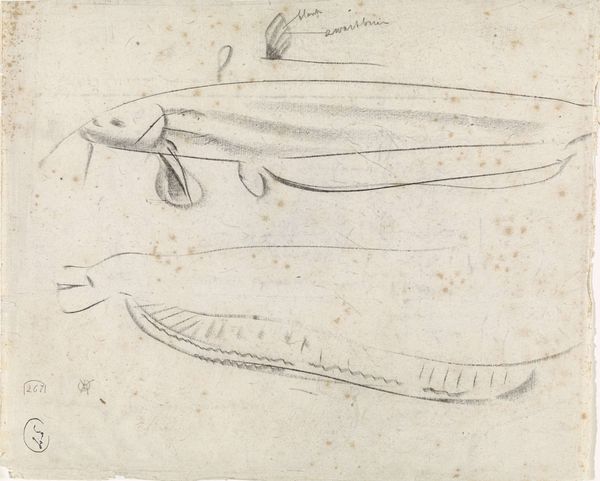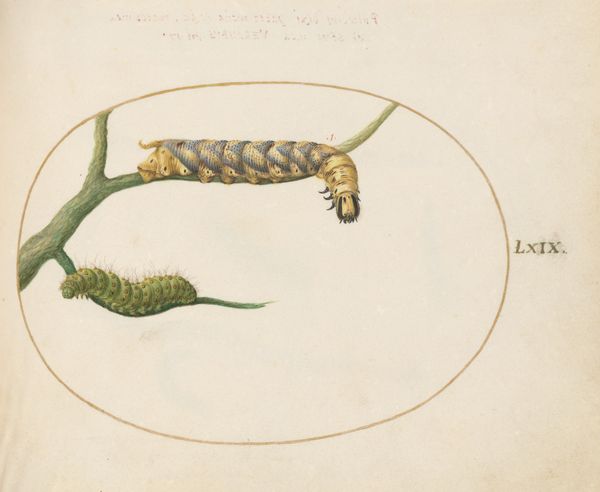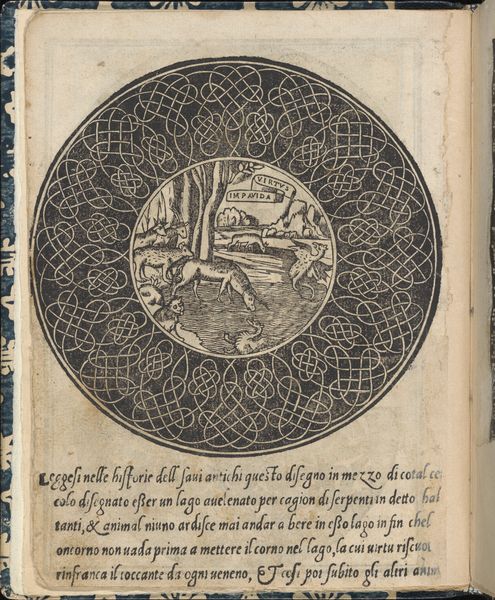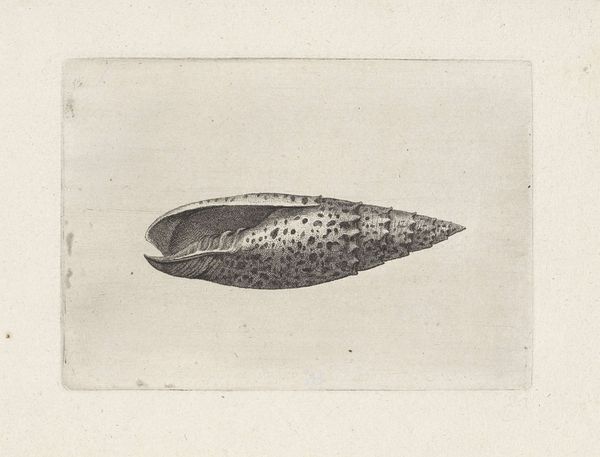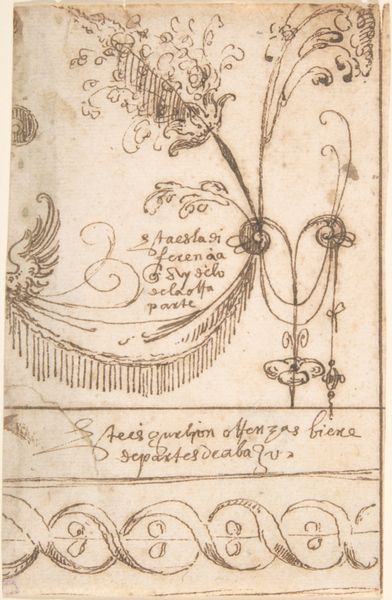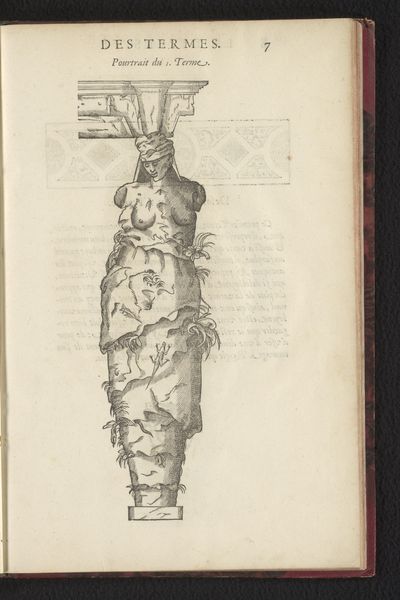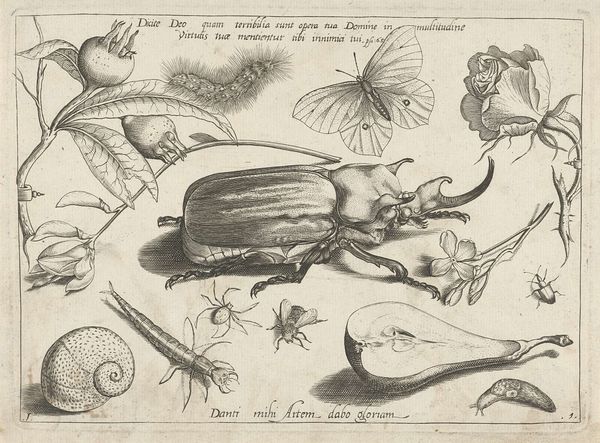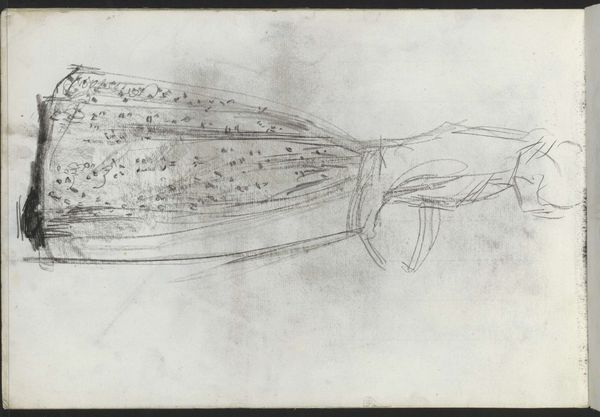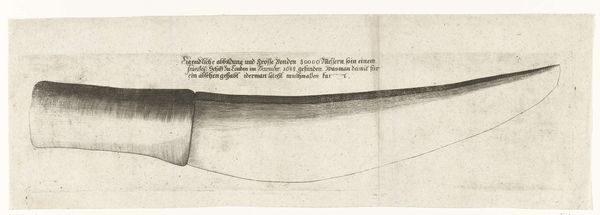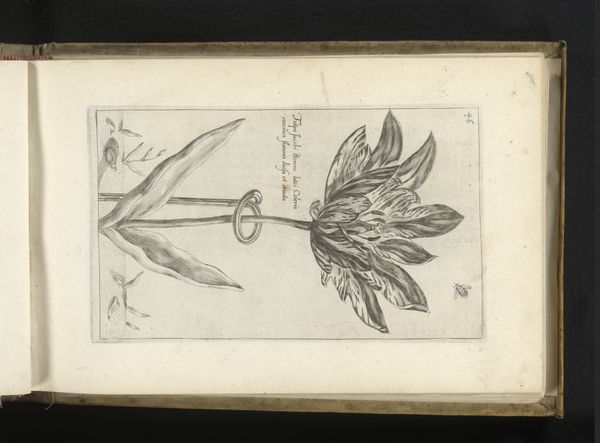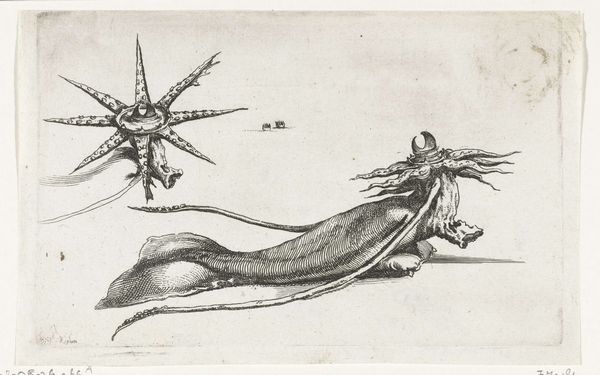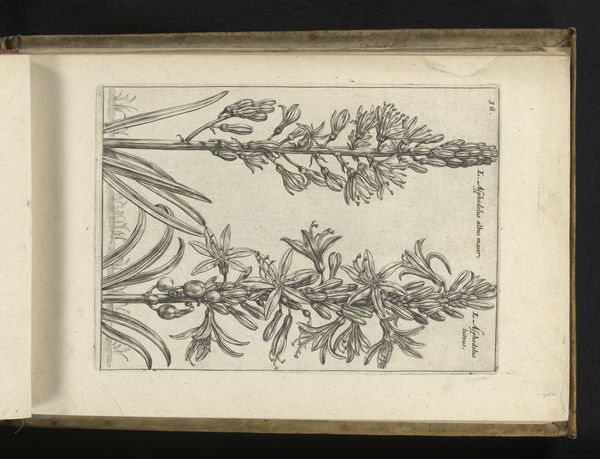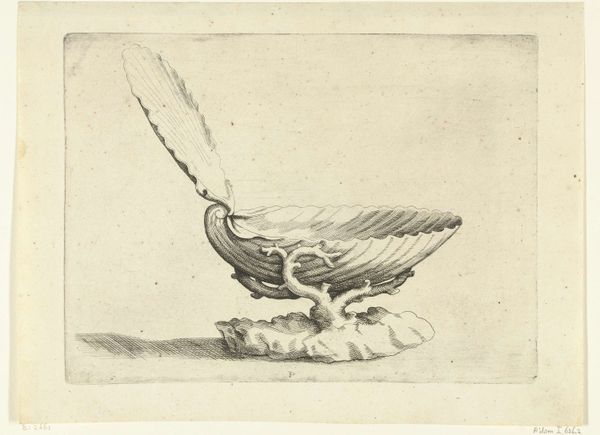
Dimensions: height 195 mm, width 155 mm
Copyright: Rijks Museum: Open Domain
Here we see Jan Brandes’s rendering of "Riekend kruid," or "Smelling Herb," created in 1783. Brandes was a Dutch clergyman and artist, whose work offers a window into the Dutch East India Company’s colonial presence in Indonesia. This botanical drawing, made during his time in Batavia, now Jakarta, reflects the intersection of scientific curiosity and colonial power. Brandes documents the plant's physical characteristics with precision. However, his written annotations reveal a more personal, embodied experience. He notes the plant's powerful evening scent, comparing it to "human excrement." This juxtaposition of the scientific and the visceral invites us to consider the complex, sometimes unpleasant realities of colonial life and the exoticization of the ‘other’. The detailed rendering of the plant stands in contrast to Brandes's candid sensory description, highlighting the subjective experience of encountering a new and unfamiliar environment. How does the sensory experience intertwine with the cultural and historical context of colonialism?
Comments
No comments
Be the first to comment and join the conversation on the ultimate creative platform.
